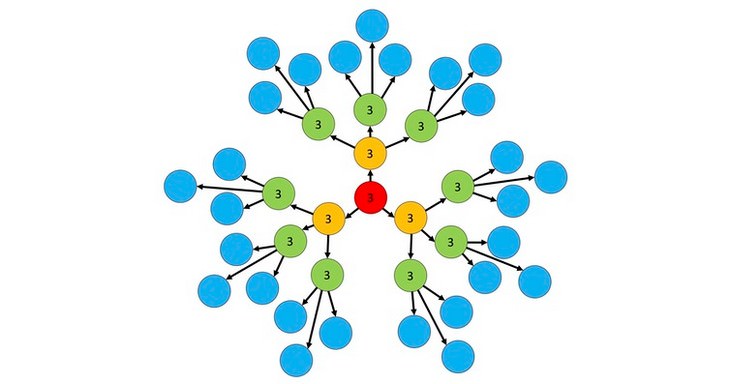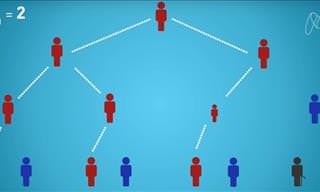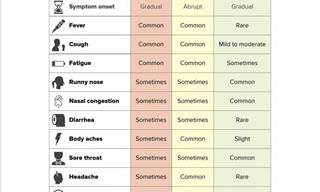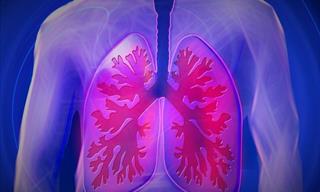For weeks and even months, we have been hearing the term R number in regards to the spread of the Covid-19 Pandemic. But as lockdowns are being lifted around the world, there is a new metric increasingly referred to by news anchors, experts, and politicians - the K number.
Both of these values are carefully calculated by mathematicians and scientists after gathering and analyzing vast amounts of data. The experts collect hospital and ICU admissions, deaths, self-reported symptoms, and behavior surveys to estimate the R and K numbers, each one of them representing slightly different insight into the virus ad how to combat it.
If you are confused by the two, the following article will delve into the difference between them and what each number stands for.
The R Number
The R number also referred to as R0, is the basic reproduction number. It represents the number of people an infected person goes on to infect. It’s influenced by the characteristics of the disease (in this case Covid-19), mainly how easily it is passed from person to person. If the R0 is larger than one, that indicates the number of infected people is rising. Human behavior, such as self-isolation, mask-wearing, and following social distancing guidelines, will also impact the R number. The ultimate aim of all these control strategies is to bring the R0 below 0, which indicates the number of infected people is declining.
While the R number can help indicate if lockdown measures are working, it doesn’t quite show us the full picture. The R0 indicates if an epidemic is getting bigger or smaller, but not how large it is. “R should always be considered alongside the number of people currently infected. If R equals 1 with 100,000 people currently infected, it is a very different situation to R equals 1 with 1,000 people currently infected.” as explained in the UK government website.
The K Number
The K number is a metric used to shed light on the variations of R0 across different Covid-19 cases. Rather than assuming that every infected person and every contact they make follows the same pattern (as with the R number), scientists working on epidemic models allow for the number of new cases caused by each infected person to vary.
For example, if a person self isolates immediately after contracting the disease, they are likely to infect fewer people than someone who attends a gathering. Many people, although ill and highly infectious, don’t show symptoms at all. They might make many contacts without realizing they pose a danger to others. The K value shows how much statistical variation there is in the spread of the virus. Small values of K mean that one infected person can trigger many new cases in a very short time.
Related: COVID-19: Which Outdoor Activities Are the Riskiest?
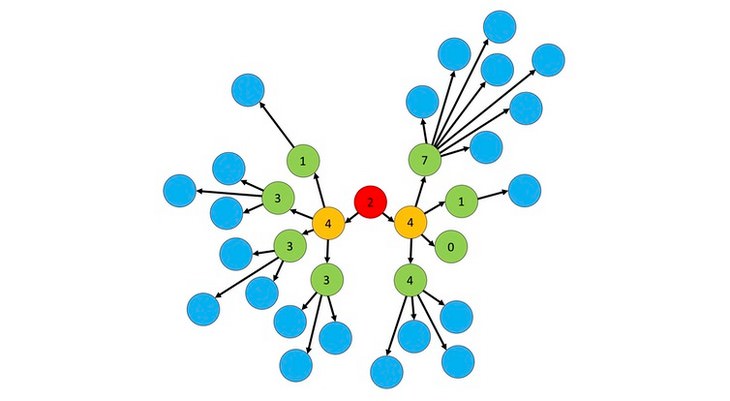
“The general rule is that the smaller the K value is, the more transmission comes from a smaller number of infectious people,” Adam Kucharski, an expert at the London School of Hygiene and Tropical Medicine, told The Guardian. “Once K is below one, you have got the potential for super-spreading.”
As lockdown measures ease in the following week, it will help scientists identify what’s more likely to lead to super-spreading - restaurants, the use of public transportation, or mass gatherings like concerts and weddings, etc.
Both the R number and the K number are needed to understand how Covid-19 spreads, which areas of life are safe to resume, and which ones must remain on hold for our safety.
 Go to BabaMail
Go to BabaMail



